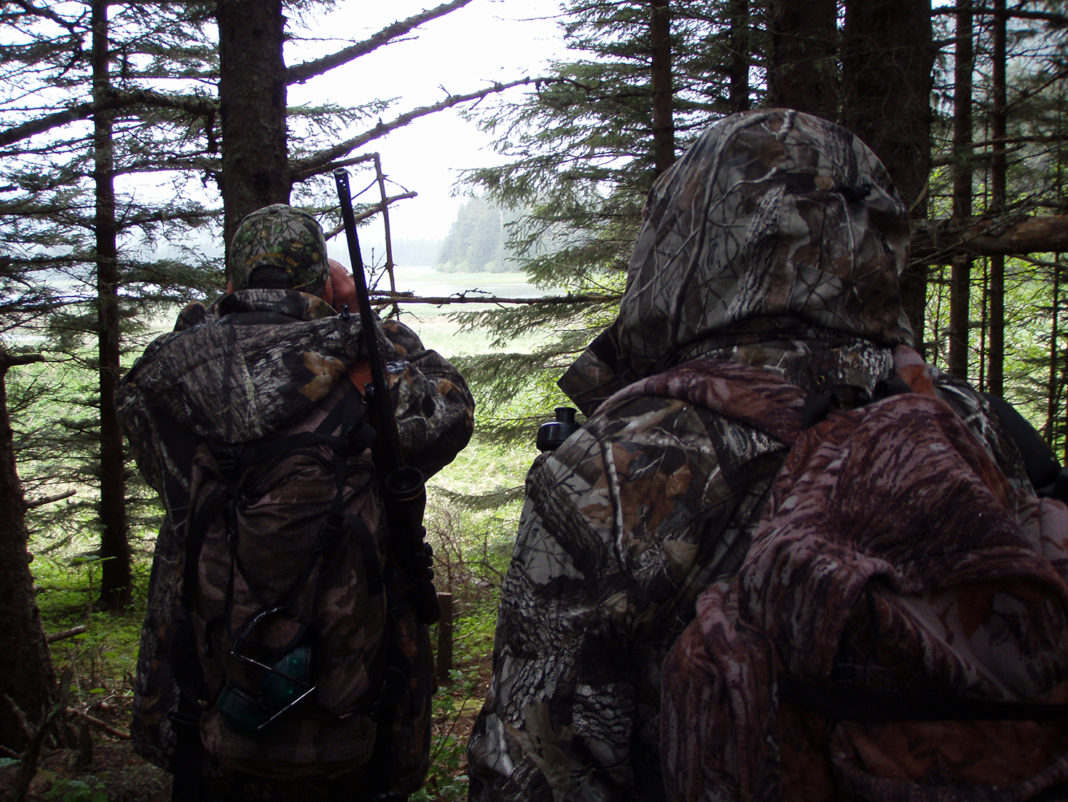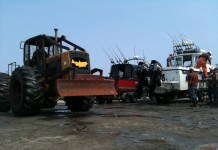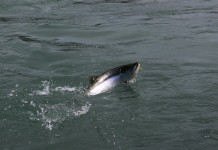If you’re planning to make the trek north to Alaska for hunting in 2017, you better buy your licenses and tags before 2016 ends to avoid skyrocketing nonresident fees.
Nonresident hunting tag fees for a variety of big game, including black bears and brown bears and moose, caribou and sheep will double in price next year.
Fees for nearly all Alaska sport fishing, hunting and trapping licenses and tags will increase beginning January 1, 2017. The move was ratified by the state legislature in its last session with the passage of House Bill 137. The new increase in rates marks the first time in 24 years that hunting license and tag fees have gone up in cost. Sport fishing licenses last increased about a decade ago.
Another sporting change passed through the legislation is aimed at adding opportunities for resident youth hunters and anglers. Alaskans under age 18 will not be required to purchase hunting or fishing licenses or state waterfowl or king salmon stamps.
It should be noted that the requirements for nonresident anglers over the age of 16 remain unchanged, and those individuals must still purchase fishing licenses and stamps. Nonresident hunters and trappers of all ages also must purchase the appropriate licenses, tags and stamps.
2017 licenses are available online at 2016 rates through the end of the year.
As with Texas wildlife conservation and restoration efforts, revenue from Alaska license, stamp and tag fees for fishing, hunting, and trapping are used to directly fund state fish and wildlife management. The fee increases will enable the state to leverage tens of millions of Pittman-Robertson and Dingell-Johnson federal aid dollars. Those federal funds are matched at three times the state revenue, providing a massive source of wildlife-based income.
The fee increases are expected to raise an additional $9 million for the Department of Fish and Game next year, according to a news release from the governor’s office.






















